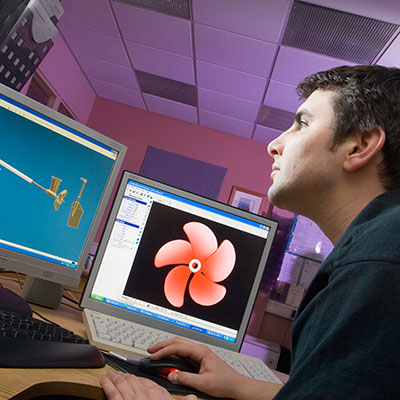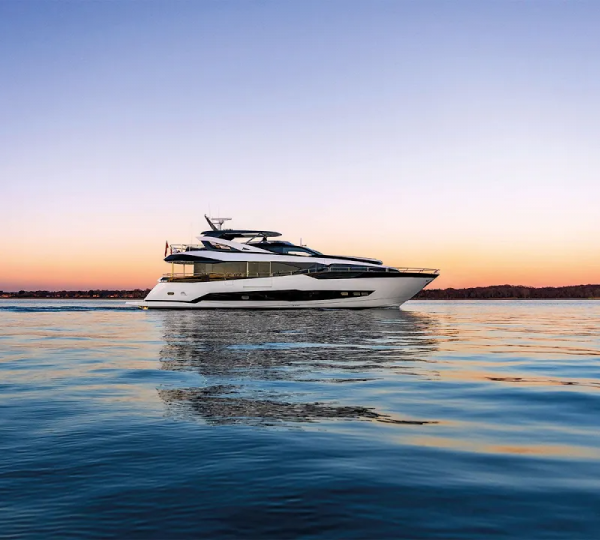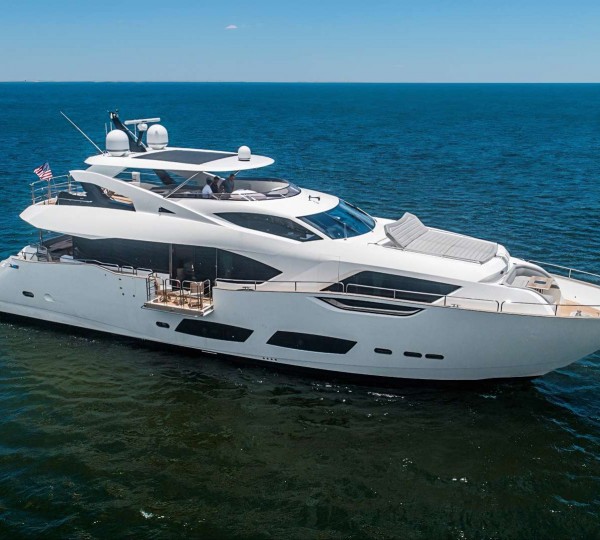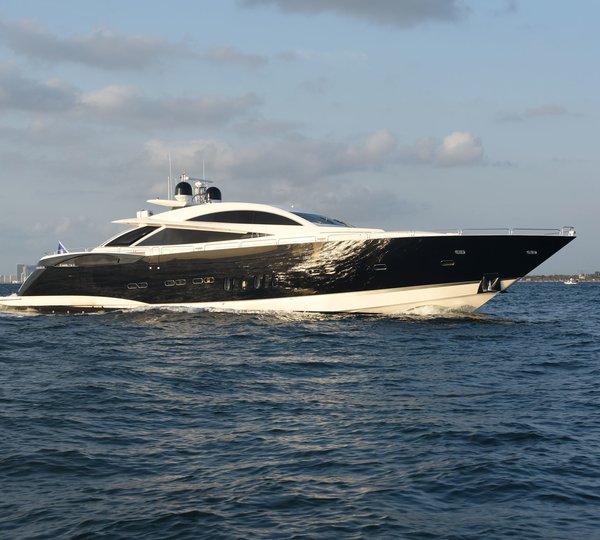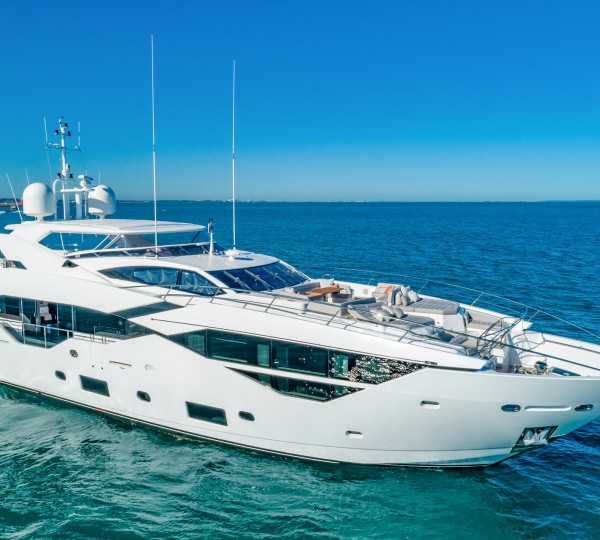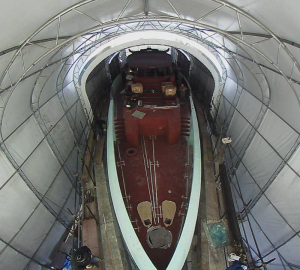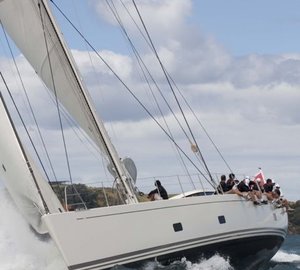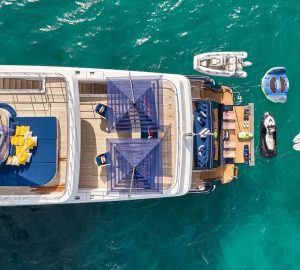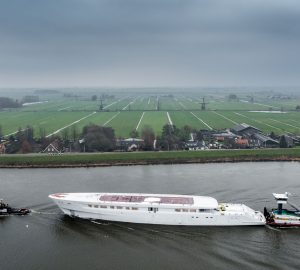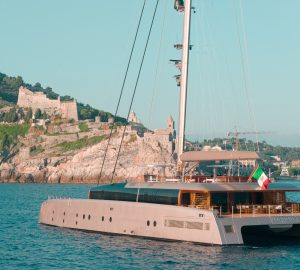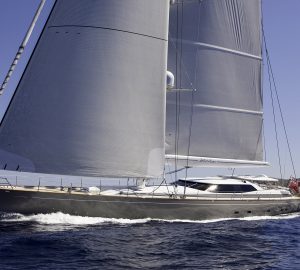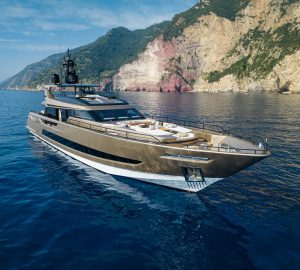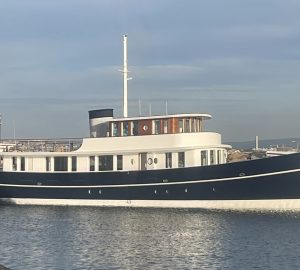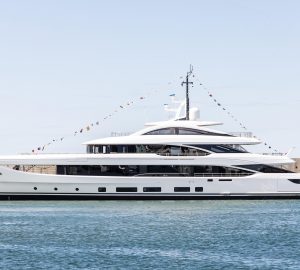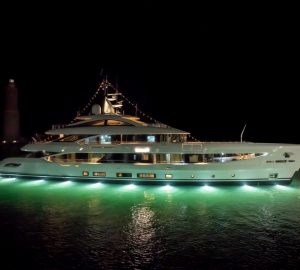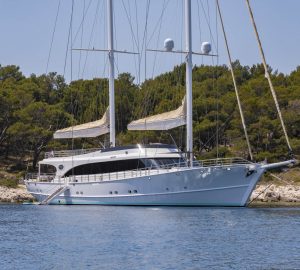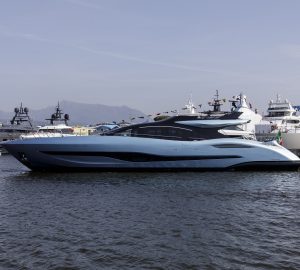World leading propeller and sterngear system manufacturer, CJR Propulsion, has announced the start of a long-term partnership with Southampton University’s Fluid Structure Interactions Research Group (FSIRG) – working together to develop accurate design tools to optimise propeller and sterngear technology for improved performance, fuel efficiency, longevity and reduced vibration.
Using computational fluid dynamics (CFD), CJR and FSIRG aim to analyse and solve problems relating to fluid flows; using numerical methods and algorithms to perform the complex calculations required to simulate the interaction between hull and appendages and the water.
Based in Southampton, CJR Propulsion designs and manufactures high quality shafts, propellers, rudders and other associated sterngear for the marine industry’s leading brands, including Sunseeker, Princess and Ferretti.
Mark Russell, CJR’s managing director commented: “As the industry’s technical leader, we have invested heavily in advanced technology and recognise the importance of steering the industry towards a more scientific approach to hull and associated appendage design. We also see the potentially significant commercial gains which can be made through having a better understanding of the underwater environment.”
The joint venture will utilise the government backed Knowledge Transfer Partnership (KTP) scheme, which offers post graduate students the opportunity to gain real-world experience, whilst delivering commercial value back into the private sector.
Russell added: “We have gained a fantastic resource in the chosen student, Simon Lewis, who will be working with us in our offices for the duration of the project. Simon’s academic experience in this area is undoubtedly a huge benefit to our business – enabling us to leverage significant value for our clients, who’ll benefit from the competitive and commercial advantages of addressing these issues.”
The project is now firmly underway and impressive results appear to already be in the pipeline, as Lewis explains: “From our first project, we have gained a far better understanding of the stresses hull appendages have to face below the waterline. This enhanced understanding of the flow around the hull and appendages allows us to significantly reduce the appendage drag – which contributes between 10% to 15% of the overall drag of the craft. That sort of improvement could equate to around a two knot increase in cruise speed of high speed craft. It’s results such as these which show the true potential CFD has in the marine environment.”

